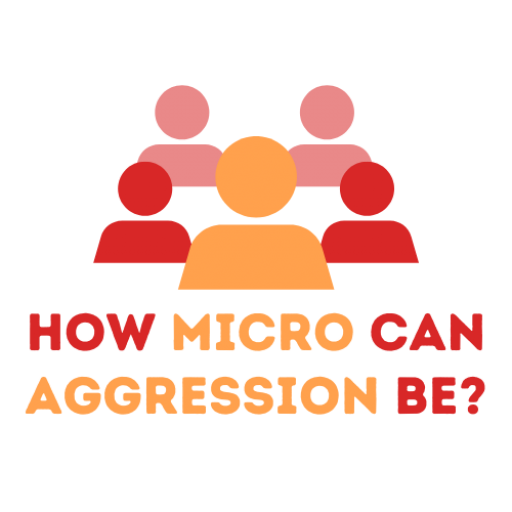Step 4: Theory
The facilitator discusses the theory behind this meditation and offers tips for beginners (15 minutes).
Example:
During the meditation two important questions were posed:
- What is here now?
- What is most needed?
These questions seem simple but have a profound depth to them. To see what is here and what is needed is a skill that can be developed over time that will help us not to react out of the habit of patterns. Mindfulness is the basic human ability to be fully present, aware of where we are and what we are doing, and not be reactive to or overwhelmed by our surroundings (Williams & Penman, 2011).
Sometimes an answer will come to you. It might be grandiose such as world peace or something ordinary like a short break or a glass of water. Or perhaps nothing is needed at this moment. That is okay too.
You can practice this meditation anywhere you like, even in busy settings if you can keep your focus and be present. If you practice it at least once a day, it becomes a new skill. So, start by practicing when there is less at stake, so during less challenging circumstances. And keep it up! Then, in time you will be able to use it in a “split-second” when the circumstances are more challenging, like after a micro-aggression when you feel the need to calm your nervous system. This meditation will help you to reduce the tendency to react from the fight, flight, freeze or fawn mode (your acute stress responses) and will help you to respond from a part of your brain that is not focused on your survival in that very moment. You will learn to be responsive instead of reactive.
- Mindfulness is not obscure or exotic. It is familiar to us because it is what we already do, how we already are. It takes many shapes and goes by many names.
- Mindfulness is not a special added thing we do. We already have the capacity to be present, and it does not require us to change who we are. But we can cultivate these innate qualities with simple practices that are scientifically demonstrated to benefit ourselves, our loved ones, our friends and neighbors, the people we work with, and the institutions and organizations we take part in.
- You do not need to change. Solutions that ask us to change who we are or become something we are not have failed us over and over again. Mindfulness recognizes and cultivates the best of who we are as human beings.
- Mindfulness has the potential to become a transformative social phenomenon. Here is why:
- Anyone can do it. Mindfulness practice cultivates universal human qualities and does not require anyone to change their beliefs. Everyone can benefit and it is easy to learn.
- It is a way of living. Mindfulness is more than just a practice. It brings awareness and caring into everything we do—and it cuts down needless stress. Even a little makes our lives better.
- It is evidence-based. We do not have to take mindfulness on faith. Both science and experience demonstrate their positive benefits for our health, happiness, work, and relationships.
- It sparks innovation. As we deal with our world’s increasing complexity and uncertainty, mindfulness can lead us to effective, resilient, low-cost responses to seemingly intransigent problems.
